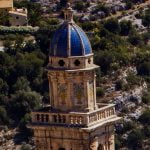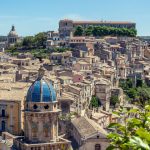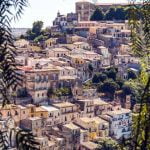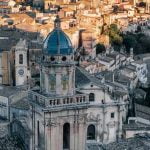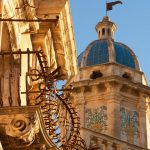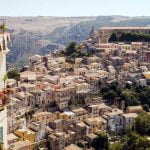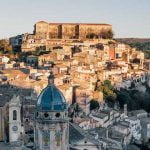Divided into two distinct parts – Ragusa Ibla and Ragusa Superiore – the city of a Ragusa is a beautiful gem tucked into the verdant countryside of southern Sicily. Ragusa has a long and rich history, with origins dating back to the Neolithic Age, that sets it apart from the rest of the island.
Today, Ragusa is the capital of the province with the same name, which rests along Sicily’s southern coast. Stretching below the Hyblean Mountains, it is located at a stone's throw from the sea yet surrounded by hilly scenery. These characteristics made it a perfect place for prehistoric civilizations.
As centuries passed, the city's privileged position attracted the Romans, then the Arabs, Normans, and Spaniards who marked its history and built its rich cultural legacy.
PREHISTORY OF RAGUSA
The inhabited nucleus of Ragusa has ancient origins. According to archaeological evidence, the first settlements were established in Fontana Nuova, near the popular resort Marina di Ragusa. Not only is this one of the oldest settlements in Sicily, but it is one of the most ancient human settlements in the world.
While the remains from the oldest eras are not abundant, some material scrapes and cutting blades found in chipped stones in a cave near today's settlement date back to 60,000 years ago. More numerous are the Neolithic Age traces that attest to the existence of prehistoric villages attributed to the Castelluccio culture. Remains from the era include evidence of mining activity in the region, showing that fishing and agriculture were not the only occupations of the peoples inhabiting these lands.
The first indigenous peoples were most likely conquered by the Sicels, a more advanced civilization that colonized eastern Sicily around 1000 BC, before eventually becoming part of Magna Graecia.
While Ragusa as a settlement has ancient origins, Ragusa – the name – is not as old. It only appears for the first time in documents from the Byzantine era, and it is believed that the original name of this city might have been Hybla Herea or Hybla Heraia.
The settlement's position – close to the sea yet protected by hills – attracted many civilizations, and the Athenians soon besieged ancient Herea. Despite the Greek invasion, Ragusa managed to remain independent until the third century AD. Things took a different turn with the Romans, who ultimately conquered the city and imposed taxation.
Unfortunately, the local people suffered under Roman rule and the Roman Praetors were famous for their continuous violence and plundering. As a result, the locals decided to side with Carthage and rebel against Roman domination. The episode probably had repercussions on the settlement, but there is insufficient evidence.
What we do know is that Vespasian and Titus implemented the so-called salaries, fixed taxes the inhabitants were expected to pay to Rome. The tariffs were maintained by other Roman rulers, too, including Trajan, as described in Pliny's writings.
One source of comfort for the population during this time was the arrival of Christianity, which was brought to the region by famous religious figures Saints Paul and Luke. The disciples landed in nearby San Pieri due to a storm that damaged their ship on the journey from Malta to Rome and began to preach the Gospel of Christ as soon as they set foot on land.
The Christian cult managed to extend quickly in the territory and along the coast up to Syracuse. According to legends, Saint Paul celebrated the first mass of Sicily in the area of Ragusa.
HISTORY OF RAGUSA
During the eighth century AD, Ragusa was under the dominion of the Byzantines, who constructed walls around the city.
Similar to most settlements in Sicily, Ragusa caught the interest of the Arabs and their first attack was in 844 AD. The inhabitants managed to drive away the invaders, but a widespread famine in 848 eventually resulted in Muslim conquest.
In 866, the Byzantines allied with the Republic of Genoa and sent armed troops to liberate Sicily from the Muslim domination; Ragusa quickly allied with the newly arrived forces and rebelled against the Muslims. What they did not expect was a quick reformation of forces; the Arabs returned, and the city suffered heavy consequences.
Ragusa managed to expel Muslim domination for good only in 1061 when the violent rebellion of the inhabitants was supported by Roger I, a Norman noble who became Count of Sicily in 1071.
With the Muslims defeated, Roger I entrusted the lordship of Ragusa to his son, Geoffrey. According to testimonies from the time, Geoffrey occupied the ancient castle of Ibla and turned it into a real palace. Acting as a sort of royal court, the palace was not the residence of Geoffrey alone. Here, the major chaplain, a notary, as well as a governor designated to manage the fiefdom's affairs in the absence of the lord also lived. To understand Geoffrey’s importance, only the Count of Syracuse, the Bishop of Catania, and the Count of Lipari enjoyed such privileges in the era.
After more than a century of Norman rule, the Kingdom of Sicily was conquered by the Swabian Emperor Henry VI. Ragusa and its territory were incorporated into the new domain with Frederick II becoming King of Sicily in 1198.
The new ruler granted Ragusa an excellent administration. During this era, the coat of arms Ragusa still uses today was created, and overall, the city flourished under Frederick II’s domination.
Frederick II was succeeded by his son, Conrad IV of Germany, who passed the rule to his son, Conradin. Eventually, Manfred, Conrad IV’s half-brother took over, yet he was quickly defeated by Charles I of Anjou, the brother of the King of France, and all of Sicily passed under French domination.
The French sovereigns had little interest in the island and its territories, a fact that resulted in poor administration, and the result was the famous Sicilian Vespers revolt. In Ragusa, the rebellion was led by Giovanni Prefoglio, a tough leader who attacked the French garrison on April 5, 1282, killing all the soldiers.
Soon after the expulsion of the French army, the island – together with the city – was conquered by the Spaniards, and Peter of Aragon was crowned as ruler. He took over the county of Ragusa and named Giovanni Prefoglio as an administrator. Peter was succeeded by his son, Frederick, but after his death, Ragusa returned under the rule of Manfred due to a marriage alliance.
The new lords of Ragusa brought back the autonomy granted by the first Norman counts, and the entire county began to be considered as a true state within a state. Indeed, they enjoyed so much power that they even had the courage to disobey the king's orders without suffering consequences.
Things continued to improve in the following century, when the new King of Aragon granted the county to Bernardo Cabrera on June 20, 1392. Cabrera settled himself in the ancient castle of Ragusa, a place where he enjoyed the same military protection as the former counts. Thanks to this protection and careful ruling, Ragusa entered into a period characterized by splendor.
Despite this, however, the inhabitants loyal to Manfred rebelled, but the revolt was quickly suppressed with the rebels imprisoned, tortured, and killed.
This event spurred the new count to implement a new army and brought the first firearms to Sicily. And despite the rebellion, the new count raised Ragusa to higher prestige. One of Cabrera’s greatest achievements was to establish the entire county into an autonomous region, where he became more important than the king.
Under him, the county expanded to include new territories, and Ragusa's power grew – a fact that gained the count the support of most locals.
Cabrera died in 1423 due to the plague and was buried in the Church of San Giorgio in Ragusa, while rule of the county was passed to his son, Giovanni.
Unlike Bernardo, though, Giovanni Cabrera proved to be a bad administrator and in 1447, the locals, exhausted by his bad management, rebelled and attacked the castle, burning down the feudal archive and destroying most of the documentation on ancient and medieval Ragusa.
Ultimately, the citizens forced the count to transfer his residence to Modica – a unique event in medieval history, as the lord of a fiefdom was accused and judged by his citizens. Alongside the change of residence, the count was also forced to pay the city of Ragusa for the losses registered during his rule. On February 25, 1457, King Alfonso became the new ruler of Ragusa.
This event marked the beginning of the decline of the city. The counts moved their residence to Spain and only came to Ragusa sporadically, mainly to collect money and manage other economic interests.
In 1481, Ragusa passed to Federico Enriquez due to a marriage alliance, but the new ruler did not establish his residence in the city.
After his death, the fiefdom eventually passed to Luigi II Enriquez in 1546. The city began to flourish once again and was transformed into one of the most popular vacation destinations of the era. Indeed, Ragusa began to host big parties and organize popular games, such as bullfighting, attracting nobles from all over Europe.
During this time, the city also received new city walls and new entryways, including the Valter Gate, which still exists today.
The Austrians managed to confiscate Ragusa from the Spaniards in 1692, and in 1702, after many centuries of existing as an autonomous region, Ragusa, together with the entire county, was incorporated into Sicily once again.
1693 is the most fateful year in Ragusa’s history. This is when a powerful earthquake struck the city, as well as the rest of the Val di Noto, and completely destroyed Ragusa, resulting in approximately 5,000 deaths. As a result, a new city, called Ragusa Superiore, was built on higher ground.
Despite the risks, the nobles of the city could not abandon the original site of the city, and this part was rebuilt as Ragusa Ibla. In both cases, the new churches and other buildings were constructed in a unique style that is considered to be the final flowering of the Baroque architectural movement. As a result, Ragusa and the other Late Baroque towns of the Val di Noto are a recognized UNESCO World Heritage Site.
In 1713, following the Treaty of Utrecht, which assigned the Kingdom of Sicily to Victor Amadeus of Savoy, Philip V of Spain managed to regain control over the territory and established the autonomy of the County of Modica again, crowning himself as a feudal lord. However, when the Kingdom of Sicily passed to Austria officially in 1720, the county, together with Ragusa, followed the same fate.
From now on, the county and Ragusa only existed nominally, but all privileges were abolished, and the city went into a dark period once again.
In 1817, after the new territorial division of the Kingdom of the Two Sicilies, Ragusa was incorporated into the province of Noto, and in 1861, it became part of the new Kingdom of Italy together with the rest of the country.
World War II shook Ragusa, and many locals were either killed or imprisoned. In 1955, the city became a diocese, and today, Ragusa is a dynamic, prosperous city and one of the most important artistic centers in southern Italy.
ARCHAEOLOGY IN RAGUSA
Perhaps the main archaeological site near Ragusa is Kamarina, a site that is believed to have been one of Syracuse's most important colonies. The ruins include an acropolis that preserves some remains of a Temple of Athena as well as an agora.
Another important site is the Cave of Ispica, where archaeologists have found traces of settlements from the Bronze Age. Many artifacts from the cave, as well as from Kamarina, are now exhibited at the National Archaeological Museum of Ragusa.
Near Ragusa, at Comiso, travelers can learn more about the ancient origins of this place and admire collections of artifacts at the Civic Museum of Natural History.
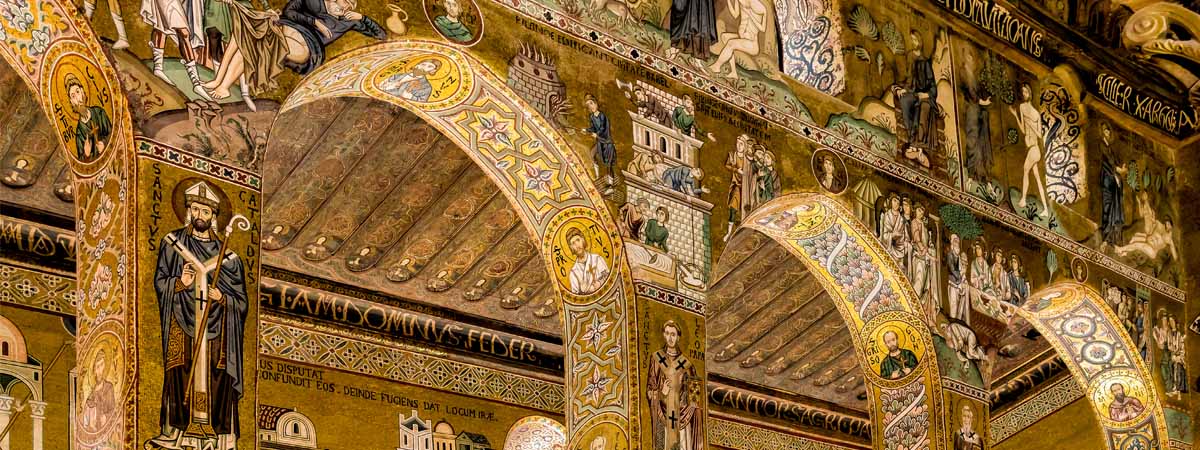
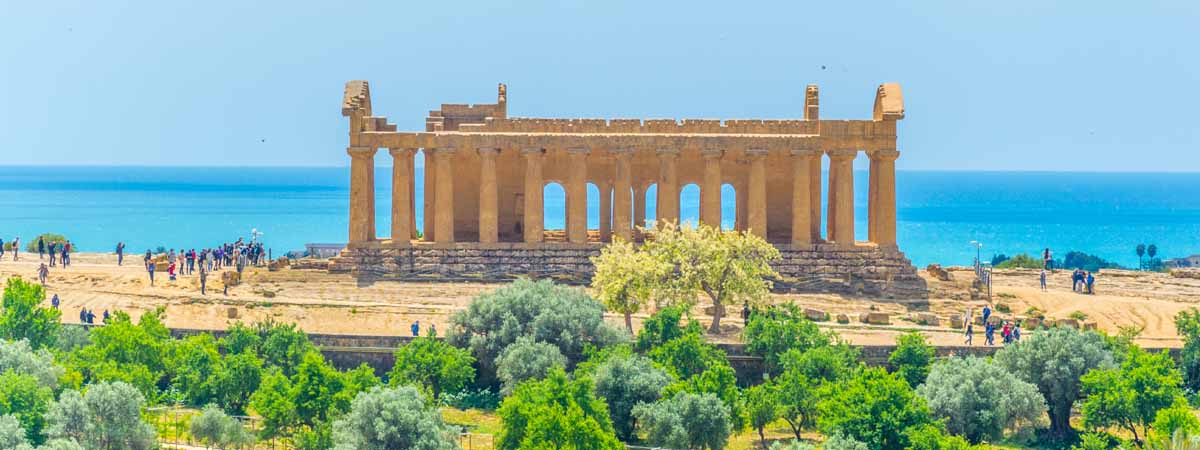

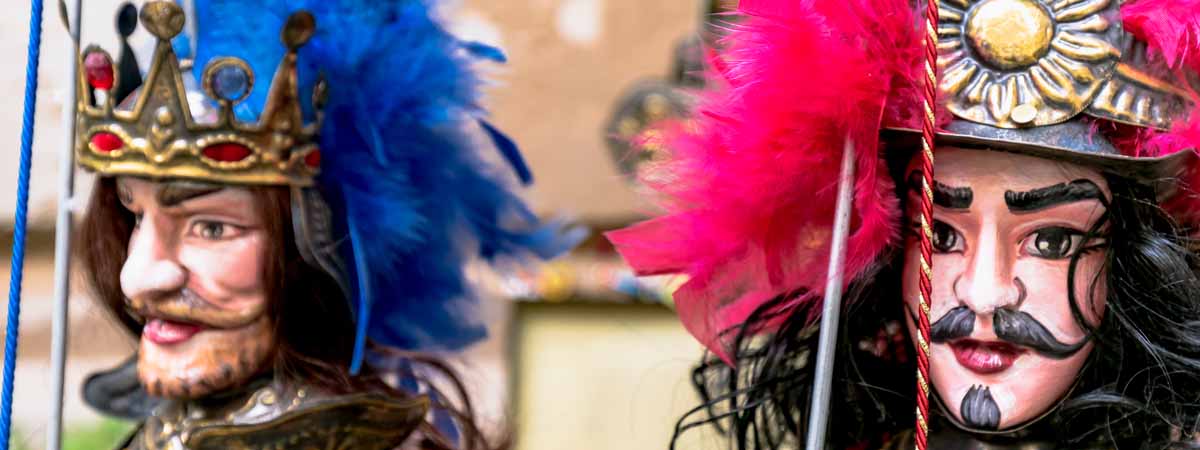
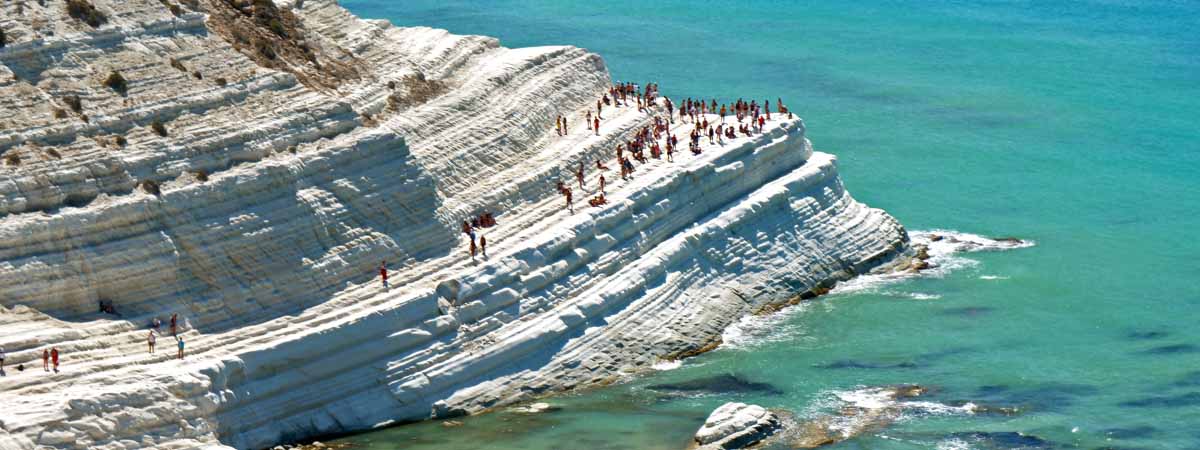

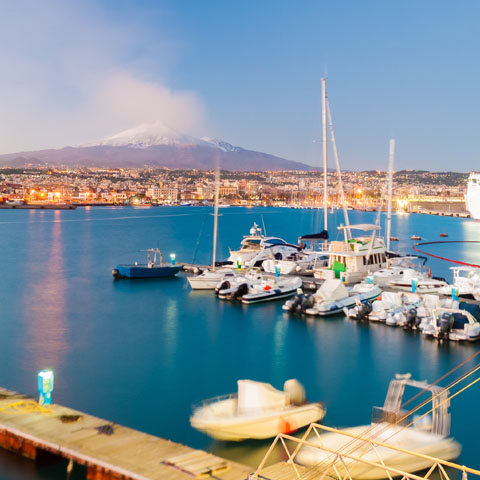
Travel Guides
[wudrelated include="1837"]
The Sicily Region of Italy
[wudrelated include="1838"]
The Cities of Sicily, Italy
[wudrelated include="4249"]
